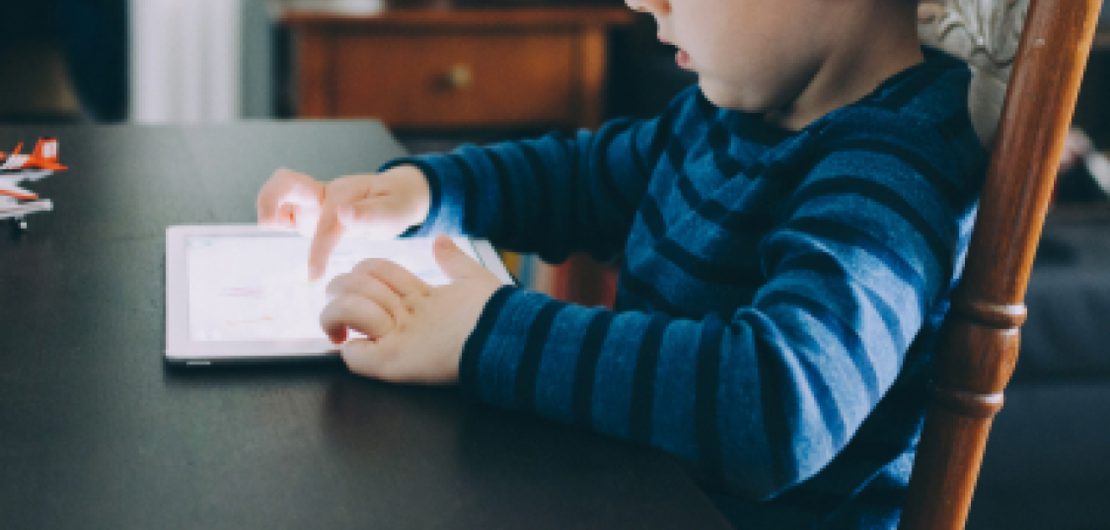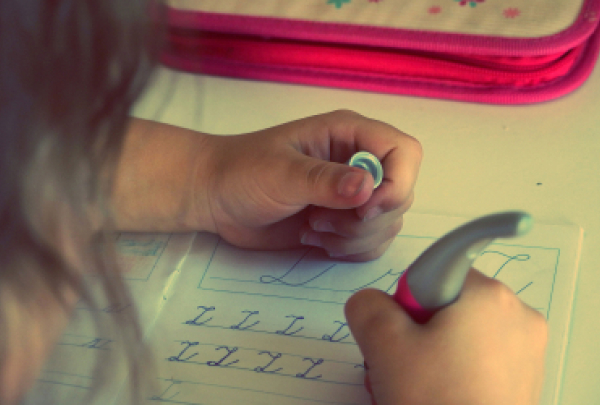
Why are Individualized Education Programs Important?
We wanted to thank you for being an active part of the special education community and share some interesting info about Individualized Education Programs (IEPs). Let’s start with a little bit of the history of IEPs.
Before 1975, millions of children with disabilities were judged according to the same standards as all the other kids. But the dark ages have passed! When the first set of IEP rules was released, it acted as a “safeguard” for parents and kids, opening the doors to a brighter future in education.
So, what exactly are IEPs, and why are they important? IEPs are special education programs, designed to meet the needs of children with disabilities. Having an IEP curriculum in your school is important for a few reasons:
- Collaborative Learning Process: Parents, teachers and students always work together to create a collaborative environment that fits the needs of each and every student in the classroom (virtual or on-site)
- Transparency: Parents always provide teachers with a detailed file, that explains the needs, goals, and required accommodations for each student.
- Knowledge that Empowers Learning: When teachers are aware of each students’ unique needs, they can create motivating educational paths for everyone
- Legal Protection: IEPs provide students and parents with access to appropriate public education, accommodation, learning aids, and services needed to excel in the classroom.
Now that you are familiar with the general characteristics of IEPs, let’s dig a little deeper and learn more about specific strategies and accommodations that you (teachers and parents) can implement in the classroom:

Different Types of IEP Accommodations (+Examples of Learning Strategies)
The whole topic of special needs assistance might seem daunting to you, but don’t get discouraged!
There are plenty of resources on IEP strategies and IEP support services to help you out along the way. With a proper IEP strategy in place, you will be able to create a learning environment that will help your students succeed.
The first step of any IEP strategy would be to understand your students’ unique needs, and then design a set of actions to accommodate these needs. To make matters easier for you, we have gathered a list of different IEP accommodations. The list is divided by the type of disabilities that your students might have, and it provides actionable insights that you can implement in the classroom.
Short- & Long-Term Memory Deficit
Students might have trouble memorizing new information (short-term deficit), or using information that they have learned for future assignments (long-term). You can help them overcome this by providing “cheat sheets” to compensate for the disability on tests, and limiting the total amount of information presented in each class to a reasonable amount.
Processing Speed Deficit
Students might take their time on simple tasks with an “automatic” nature, such as the ability to copy things or take notes. You should give such students extra time to complete tasks and emphasize the quality of work produced rather than prioritizing total volume.
Auditory Processing Deficits
Students might have difficulty synthesizing and analyzing auditory ques, which can result in difficulty telling words apart from background sounds. You need to make sure that your classroom is quiet, speech is clear and well-paced. You should also provide preferential seats in front, or even audio devices for students with this type of learning disability.
Visual-Spatial Deficits
Students might have trouble remembering and recalling visual information. For instance, they might have trouble recalling simple geometric shapes or playing “match-2” types of games. You need to spend extra time with such students, explaining how charts and other graphic systems work, providing simple-to-memorize written cues to help them out.
Comprehension and Speaking Deficits
Students may lack background knowledge, or language skills needed to excel in the classroom. You need to pay extra attention and always check up on such students to make sure that they understand the task at hand entirely. You should also use clear and supportive tone in the classroom.
Reading & Spelling Deficits
Students might have difficulties speed-reading, or spelling out certain letters/words. In severe cases, where a student cannot write or read at all, you should consider only grading the part of the assignments that does not involve one of these skills. Moreover, you should encourage students to read or write more using engaging books and learning materials.
Math and Problem-Solving Deficits
Students might have problems recognizing numbers, solving simple arithmetic, algebraic or geometric problems. You should consider creating simplified versions of such problems for them, and use visual aids, or objects to teach simple operators and rules.
If you are interested in a more detailed IEP Accommodations and Strategies guide, feel free to click the button below:
IEP Strategy Guide (100+ Actionable Tips)
We would also recommend you to check out this classroom IEP accommodation checklist to make sure that you provide the best learning environment for your students.
IEP Success Stories – How Simple Accommodations Can Change Someone’s Life
A successfully-implemented IEP strategy bridges the learning gap that students with disabilities can experience in the regular classroom. But don’t trust our own words!
Read two excerpts from student success stories to see for yourself:
- Betty and MR. Choules Take on Hamlet – When Betty was about to graduate high school and take her university entrance exams, she felt overwhelmed by the rigorous workload and her condition. Her teacher, Mr. Cholues, put in the necessary accommodations to stimulate Betty’s learning and put in the extra hours to make the needed revisions on her university entrance essay on the topic of Hamlet. As a result – Betty was able to produce a remarkable 1500-word essay and scored a final mark of 82% – well above many of the other university applicants.
- Kevin vs. Stage Fear – From a very young age, Kevin’s anxiety made it very hard for him to speak up in the classroom to the point where he would drop out of a course if a presentation was required. His special education teacher had to think of the alternative method of evaluation and worked together with Kevin to fight his stage fear by first presenting a material only to one person, then a small group, and so forth. The work they put together enabled Kevin to deliver a presentation to the full auditorium filled with parents, teachers, and other special-ed students. He was able to speak confidently and eloquently, beating his fear of stage entirely by the end of the course.
Interested in reading more stories like these two?
IEP story bank from York University

How Can Datability Help You Empower Students to Learn in an IEP Classroom?
With Datability, you can create personal learning goals for each one of your students, keeping all of their information stored in a secure database. Datability makes it easier for educators to track each student’s goal progress with easy-to-read colorful performance charts. It also streamlines the grading and reporting process, and makes it easier for students to keep their workload organized.
Datability users reported that up to 50% of their total reporting and grading activities can be automated with the tool, leaving educators with more resources to focus on what really matters.
We hope you found this IEP learning guide helpful, and will use it to motivate your students’ learning process.